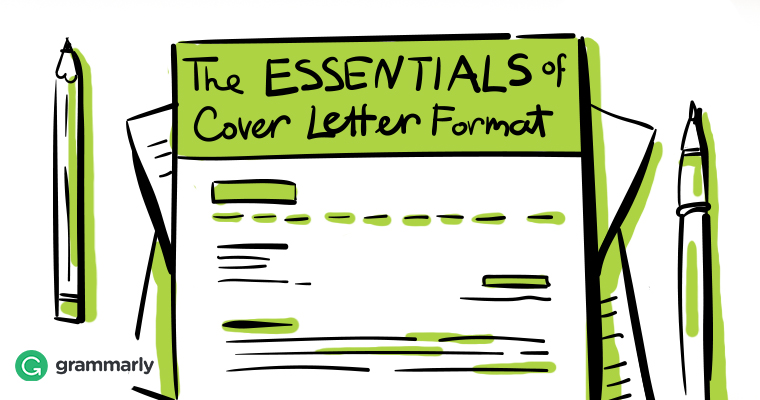
Which applicants have a higher chance of being called in for an interview—those who submit an interest-arousing cover letter or those whose cover letters are generic? The answer is obvious, but each day recruiters receive hundreds of lackluster letters. One reason is that sometimes candidates just don’t know where to start or how to compose a good letter. Let’s look at the best practices for writing cover letters—one section at a time.
The Format
The file format you use for your cover letter matters. Have you ever opened an emailed document only to find that the formatting seems off? You don’t want that to happen to your cover letter if a company uploads it to a database or opens it with a less than perfectly compatible word processing program. A PDF is probably the least risky format to use if you are submitting application materials online.
The Tone
Reflect the tone of the company. You are unique, but you want to show that you will be a good fit with the company culture. How do you discern the company’s tone? Examining the way the job listings are posted, reading the website, and researching the top executives are good ways to get a feel for how the company operates. Résumé expert Erik Bowitz suggests: “If you are applying for a position in a young, creative company then your cover letter should be more casual and fluid, using words like active, social or even organic to reflect better the ideals of the individuals you are hoping to work with.”
Salutation
Have you ever actually put thought into the greeting line of your letter? “If you’re starting with ‘To Whom it May Concern,’ you’re not as concerned as you should be,” warns writer Jada A. Graves in an article about deadly sins committed by cover letter writers. In the age of the Internet, a generic salutation should be the last resort. It’s quite easy to find the name of someone in a responsible position online. Or, you can call the company directly and ask for a contact in human resources.
The Opening Paragraph
Livecareer.com reports that the first two sentences of your letter are the most crucial of all. Recruiters might not read past that point if you don’t grab their attention. You can talk about what you did in previous jobs, but tie it to what you plan to do in the position they are advertising. The relevance should be obvious; use keywords from the job announcement when explaining what you can offer the company. Another approach is to find out something amazing that the business has accomplished and congratulate them. Everyone loves a compliment, and it’s hard to crumple up a letter that contains flattering praise! This type of cover letter is sometimes called a pain letter because the next paragraphs talk about how your skills will alleviate some stressful issue that the company is facing.
The Body Paragraphs
Education and work experience are important, but you don’t want to rehash your résumé. Remember to let your personality shine through as you highlight career and educational achievements. Be as specific as possible, sharing quantifiable data, such as goals you reached. However, be succinct. Give them just enough information to whet their appetite to meet you in person, not your whole life story.
The Conclusion
The Muse, a career guidance website, cautions against fizzling out at the end of a cover letter. Don’t demand anything, apologize for anything you think you might be lacking, or weaken your pitch with desperate pleas. Finish by welcoming the hiring manager to contact you. Then sign off with something that reflects the spirit of the letter. The purpose of the letter was to set you apart, and though nothing is wrong with “sincerely,” it doesn’t scream individuality. The best way to close the letter is with a genuine sentiment presented in professional language.
Will you be one of the applicants who receives a call for an interview? The answer depends on how much effort you put into crafting a cover letter that shows how right you are for the position. Don’t waste your time on a generic cover letter. Impress those hiring managers—one section at a time!